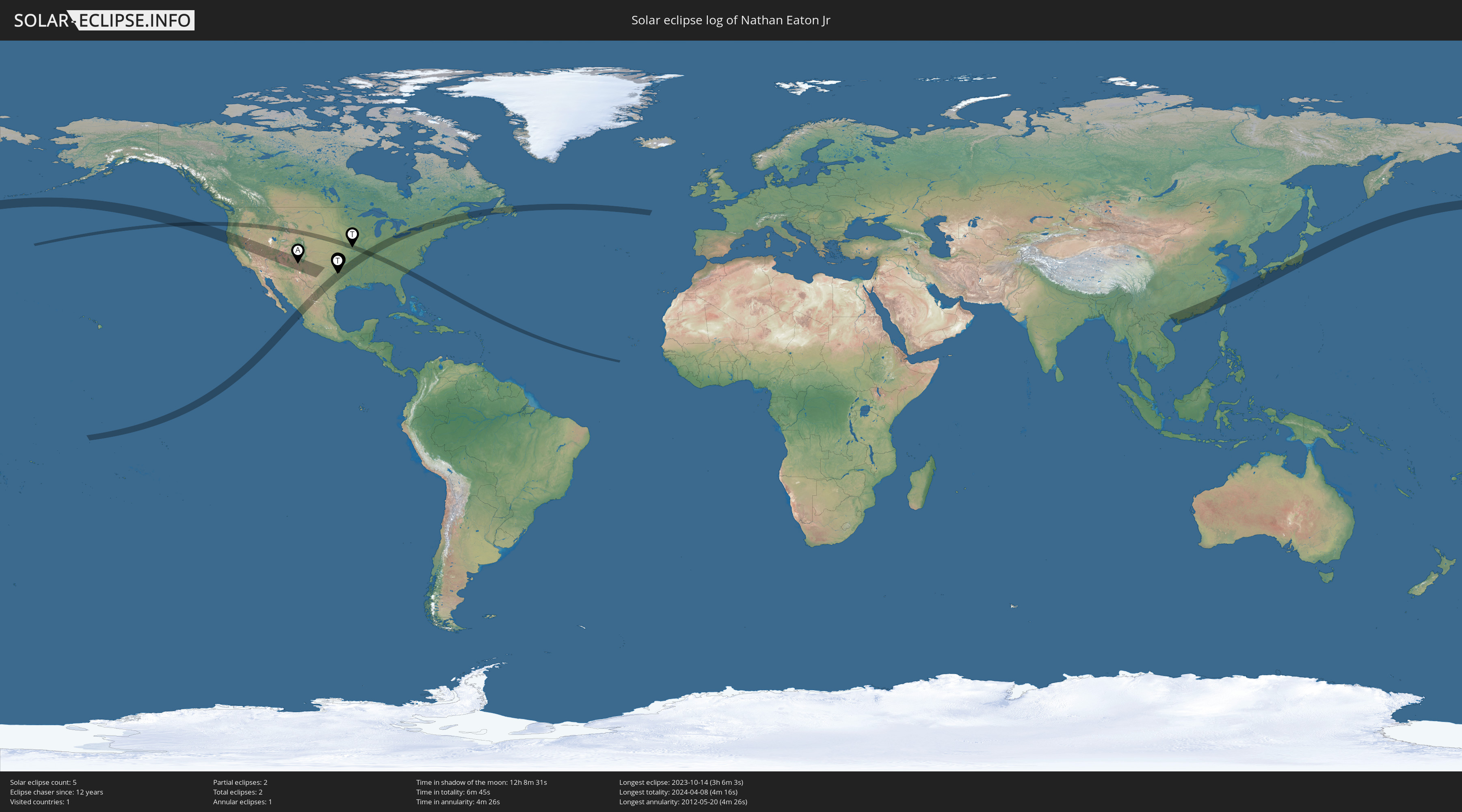Unlike the last Mercury transit in 2016 (see posts
here and
here), I didn't get a chance to photograph this latest one (November 11, 2019) as we were traveling and it wasn't feasible to drag all my gear with me. However, I did get a chance to watch part of the transit. That was a relief since the next one visible from North America doesn't occur until 2049.
What made viewing this transit particularly special is where we were and who we met.
As we were visiting New York City, I checked online and found a public viewing event, one that happened to be on an aircraft carrier, the USS Intrepid. Retired in 1974, the Intrepid has permanently moored dockside in NYC and was opened in 1982 as the
Intrepid Sea, Air & Space Museum. Among other things, they have a space shuttle on display in a dedicated hanger, the Enterprise (the one used to prove the shuttle concept). If you are ever in New York, I highly recommend checking it out!
The host for this viewing was Joseph Martinez, better known on the streets of The Big Apple as the Joe of
Jupiter Joe's Sidewalk Astronomy (here on the
Web and here on
Facebook). Joe is an avid amateur astronomer who loves sharing information on astronomy and views of the sky with people. Joe is also a
JPL/NASA Solar System Ambassador. He and some friends had two telescopes equipped with solar filters set up on the Intrepid flight deck, sharing views of the transit with museum visitors.
My wife Linda and I checked out the view from each telescope and then struck up a conversation with Joe. As Linda has worked for many years as a planetarium educator, as I am a member of the Texas Astronomical Society and as we've both been involved in numerous viewing parties including past transits, we had a lot of common interests and activities to talk about with Joe.
When the discussion touched on the 2017 total solar eclipse and then the next eclipse in 2024, Linda suggested Joe should visit us in Dallas since we are in the path of totality. It turns out he is already making plans to be in Texas for the eclipse. Coincidentally, it also turns out he knows other planetarium educators in Texas whom Linda has worked with. Small world!
Joe, thanks again for the views of this transit! Perhaps will see you for the eclipse in 2024!
BTW, for some beautiful shots of this transit, check out ones posted on
Earth Sky News.

































 The journey continues beyond 2009... check it out!
The journey continues beyond 2009... check it out!
